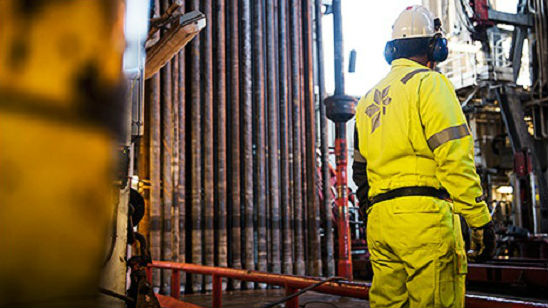Statoil Employs New Tank Cleaning Technology

Schlumberger subsidiary M-I Swaco has developed a new tank cleaning technology for offshore support vessels that has been taken up by Statoil.
M-I Swaco has tested the technology on its own vessels, and as a first commercialization of technology, the company has won a NOK 500 million ($56 million) contract from Statoil.
The automated system means that personnel do not have to enter the tanks in order to clean them. Wash water and soap are also recycled, so it is only the actual waste washed out of the tank that has to be delivered for further processing.
"The solution increases the safety of our personnel, as there is no need to enter the tanks, and we reduce both time use and costs," says Jone Stangeland, vice president of logistics and emergency preparedness at Statoil.
Supply vessels transport chemicals in tanks below deck. When the tanks are emptied offshore they must be cleaned before being used for other assignments.
Tank cleaning is often carried out with the vessels' own tank cleaning plant, although manual tank cleaning has also been necessary on some occasions.
Manual tank cleaning involves emptying the tanks of residual volume before personnel enter them, the erection of scaffolding and then rinsing with water and chemical cleaning agents.
This normally generates a high volume of waste, and a typical clean can involve 10–15 cubic meters per assignment.
"By cleaning the water in the same operation, the volume of waste is reduced significantly," says Stangeland.
 The new system will fit onto a lorry, and once the system has replaced manual cleaning, vessels will spend much less unproductive time while docked in connection with tank cleaning.
The new system will fit onto a lorry, and once the system has replaced manual cleaning, vessels will spend much less unproductive time while docked in connection with tank cleaning.
The system employs tank cleaning machines that are positioned optimally inside the tank. The machines are programmed based on the cleaning pattern and analysis of tank geometry. Powerful water jets clean every surface inside the tank following the specially programmed cleaning pattern.
A portable slop pump or rig tank pumps transfers the slop back to a wash-water recycling unit inside the cleaning unit. There, the liquid phase is separated from the solids. Liquid is directed back to the system to be reused as cleaning fluid until it becomes too contaminated by the fine solids. At the end of the operation, cleaning fluid and solid waste are safely removed from the installation or reused to build new mud volume.
The contract with Statoil extends over four years with an option to renew for a further four years.
